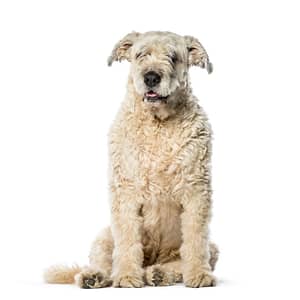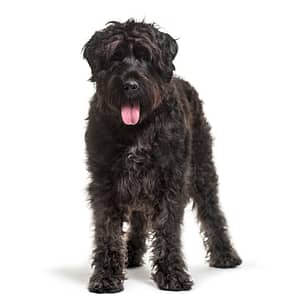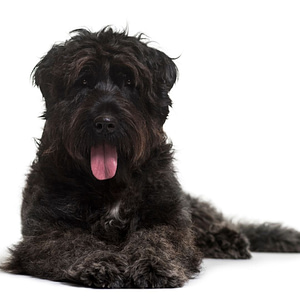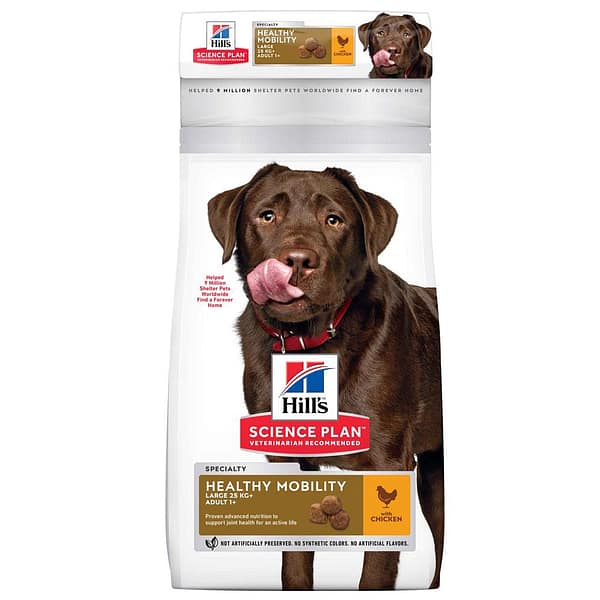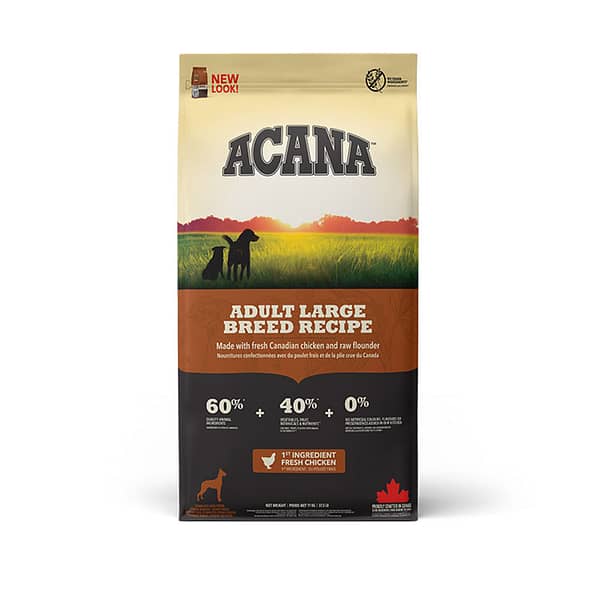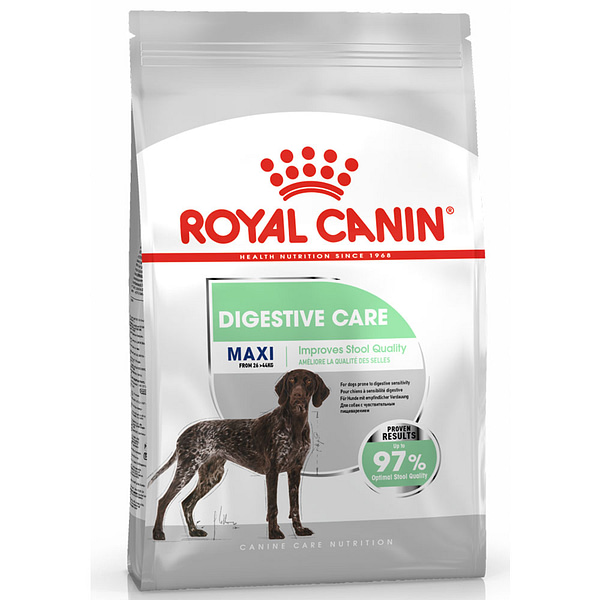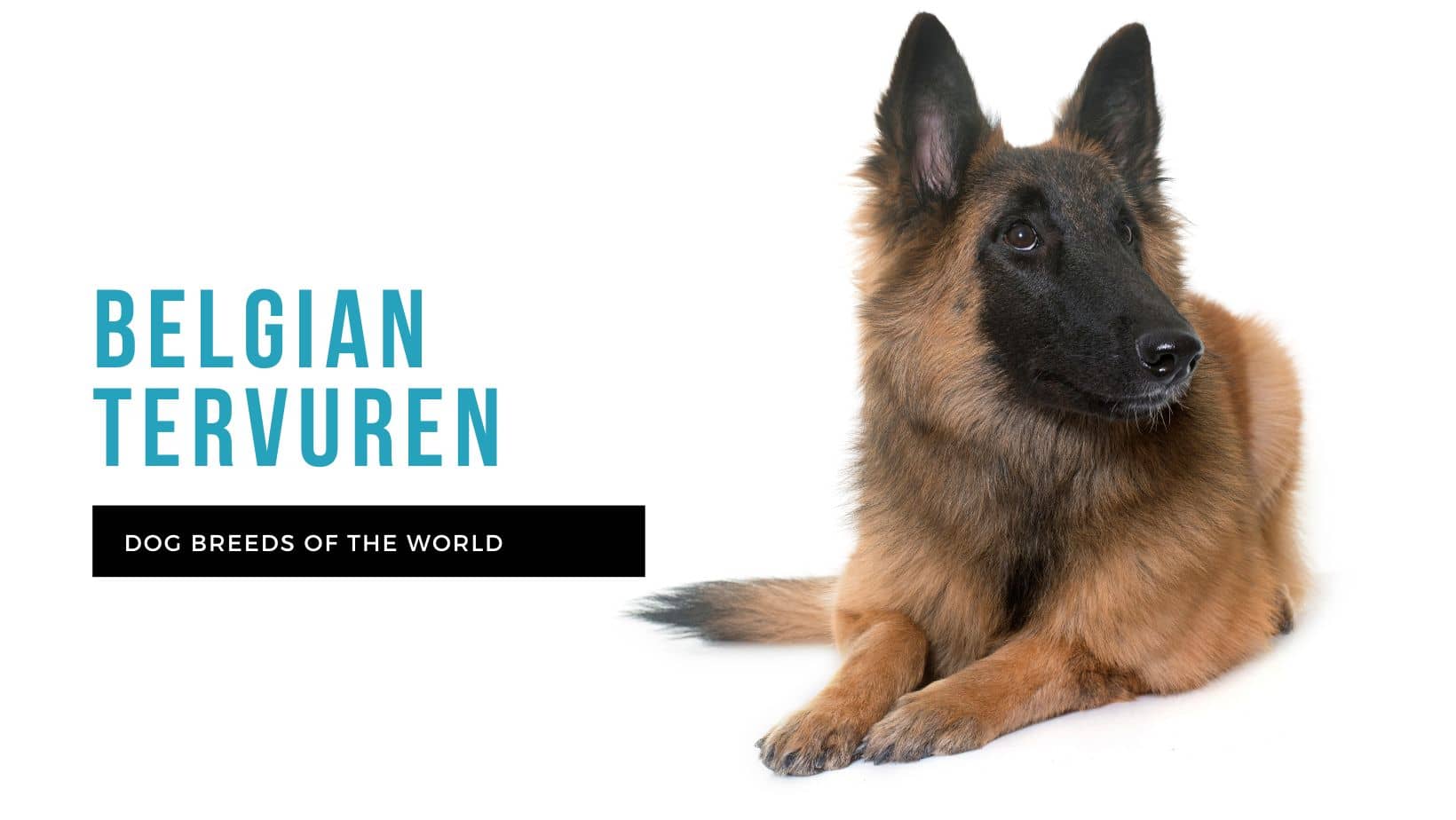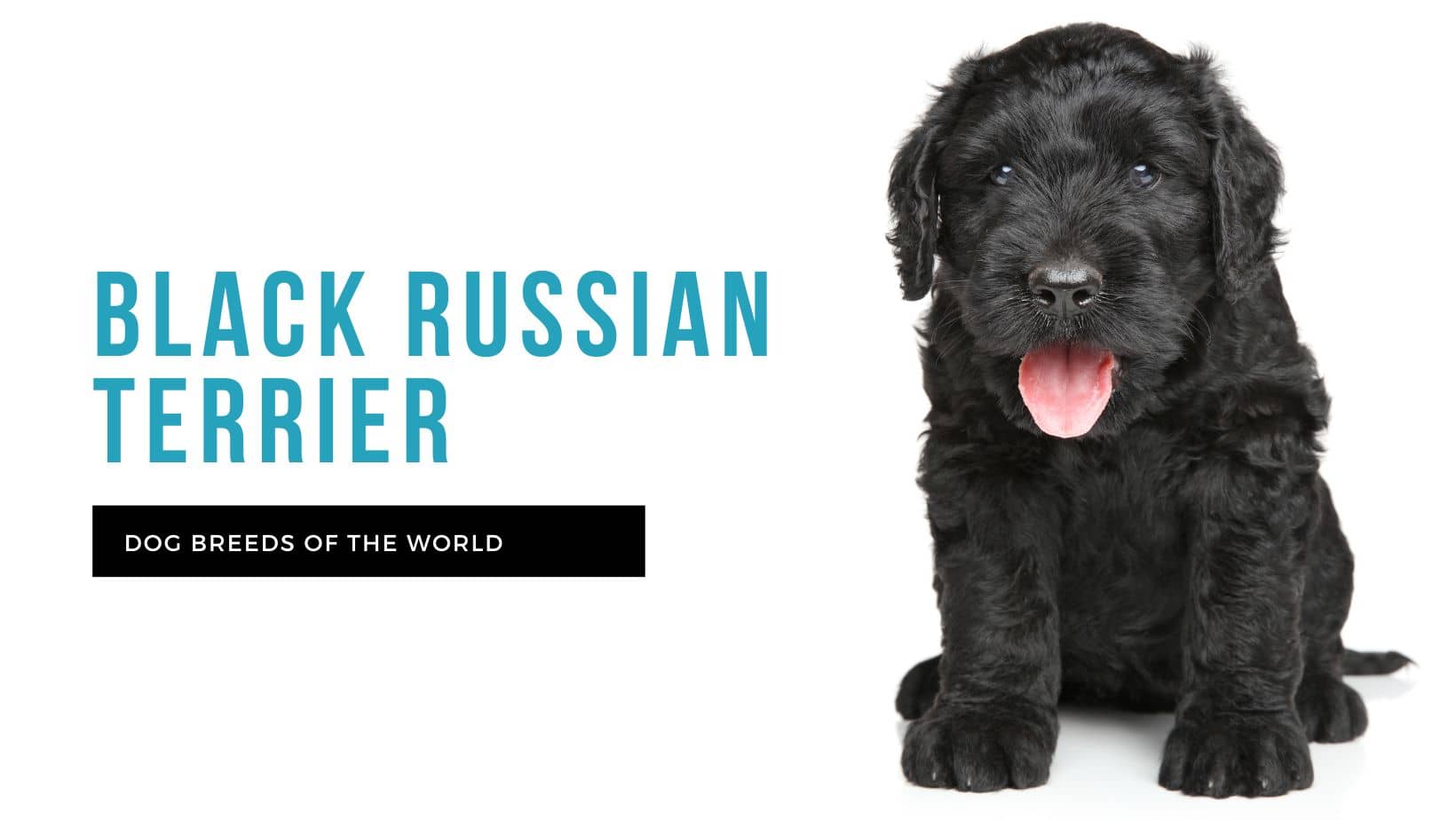
You’d be forgiven for thinking the bouvier des Flandres is a big, dark puffball… since that’s just what he looks like. However, this working breed – also called the Belgian cattle dog – was a hard-working farm dog with a range of different roles before he became a pet. He is intelligent, brave, loves his family and is very protective of them, making him an ideal watchdog.
The bouvier is a large, strong dog who developed stamina in his early days, so he needs an expansive yard (preferably a farm) where he can exercise both his body and his nature. And while he is eager to please, he can also be very strong-willed, so he needs a confident and experienced owner.
History
The bouvier dates back to the county of Flanders – hence his name – during medieval times when cattle herders required the use of a specialised dog to both drive and protect their herds. The bouvier des Flandres was adept at many farming activities – from herding and droving to pulling carts, churning butter and protecting cattle from human and animal predators alike.
The Ter Duinen monastery housed monks who were responsible for breeding dogs for purpose, and it was here that the bouvier des Flandres originated – his early ancestor having characteristics of the Dutch griffon, the curly-haired barbet, and even the Irish wolfhound for size and intelligence. Primarily bred for cow herding, the bouvier was first known by his descriptive names: ‘koehond’ (cow dog), ‘toucheur de boeuf’ (cattle driver) and even ‘vuilbaard’ (dirty beard).
In the late 19th century, the bouvier had attracted considerable attention from international dog fanciers, and by 1912 a breeding standard for this country dog had been drawn up. He arrived on American shores in 1920 and was recognised by the American Kennel Club (AKC) only nine years later. A European war dog in World War I, and an international military star by World War II, the bouvier’s versatility was put to the test during the wars when he was worked as a messenger, watchdog or sentry, and a search dog used to locate mines and other ammunition.
The use of trucks and farm mechanisation in the early 20th century as well as the advent of the two world wars almost caused the extinction of the bouvier, but his versatility as well as his importance as a national symbol (to both France and Belgium) have kept him alive to the present day.
Temperament
The bouvier des Flandres is a large, strong, yet calm and attentive dog. Despite his composed demeanour, he is courageous when called upon as a guard dog; dedicated when hard work is required of him; and affectionate when his people lavish love and attention on him. He may also revert to his farming days and herd all his most-loved possessions (i.e. kids and family members) into one place. Intelligent, energetic, fearless and strong, this is a dog who needs to work or to make a valuable and active contribution to the farm or household. To cultivate the best of his personality traits, the bouvier should be handled by a loving human with firm leadership and plenty of time to devote to keeping their beloved dog stimulated and challenged. Never leave the bouvier on his own – he is a family dog who must be included in all family activities.
Health
Well-bred bouviers from good bloodlines are hardy dogs with few health issues. However, the breed is susceptible to certain conditions that owners will want to look out for. These include:
-
- Hip and elbow dysplasia – Inherited disorders, hip and elbow dysplasia occur when the ball of the femur doesn’t fit snugly into the hip socket, and when the foreleg bones grow abnormally and cause a weak joint, respectively. Dogs with these conditions must never be bred.
- Cancers
- Eye problems – Cataracts and glaucoma, entropion and ectropion
- Deafness
- Bouvier des Flandres myopathy – This generalised condition causes muscle weakness, which may also explain why megaoesophagus (weak oesophageal muscles that hinder the ability to push food through the top of the digestive system to the stomach) is known in this breed.
- Epilepsy
- Hypothyroidism – When the thyroid gland does not produce enough thyroid hormone and causes secondary symptoms like skin and fur problems, fatigue and mental slowness, weight gain, and inability to regulate body temperature.
- Subaortic stenosis – A narrowing of the aorta that affects the ability of the dog’s heart to pump blood efficiently. It can be indicated by a heart murmur.
- Gastric dilatation volvulus (bloat) – This is a common condition in large breed dogs, especially those with deep chests. When they eat quickly or drink large volumes of water and then exercise rigorously, air can become trapped in the stomach, which then twists (torsion), trapping the air and blocking blood flow around the organs. This causes the dog’s body to go into shock and, without emergency medical treatment, they will die.
Exercise Requirements
Bred and developed as a working all-rounder, the bouvier des Flandres is an active dog with plenty of stamina. While he’s not necessarily in the same league as shepherds like border collies, the bouvier does need to be given a job to do and to keep busy. His intelligent mind needs regular stimulation, as boredom could lead to destruction and frustration. If he’s not working on a farm, he can also thrive in an active household where owners and children enjoy jogging, hiking and biking – as long as he’s doing all these things alongside them. The bouvier’s physical and mental requirements need a large, secure yard, preferably with company in the form of other pets and/or children who will keep him occupied and active.
Intelligent and willing to please his owner, the bouvier is relatively easy to train with a solid foundation in positive reinforcement. He will also thrive in dog sports like obedience, agility, and cart-pulling, and can successfully be trained for police work, service work or search and rescue. He does need to be socialised from early on in puppyhood and consistently throughout his developmental years, to curb his high prey drive and to encourage him to get along with his fellow pets.
Grooming Requirements
The bouvier has a weather-resistant double coat, which stood him in good stead in the environment in which he was developed. The fine undercoat is soft, while the outer coat is long and wiry, which means he’s not a profuse shedder, but his coat does need expert care. He also has a bearded face, which needs daily cleaning up to ensure he doesn’t revert to his early name – ‘vuilbaard’.
The bouvier must be brushed every day to remove grass, burrs, weeds and even parasites from his outer coat. He needs to be bathed every six weeks and have his coat trimmed three or four times a year. His nails should be trimmed twice a month to ensure they do not click on the floor. His teeth should be brushed daily to three or four times a week to keep his mouth clean and his teeth healthy.
Ratings
Friendliness to other pets
Friendliness to strangers
Behaviour towards children
Statistics
| Size |
Large |
| Type |
Herding Group |
| Average adult weight |
36 kg |
| Average adult height |
65 cm |
| Average life span |
12 years |
| Breed family |
|
| Area of origin |
Belgium |
Gallery
Product suggestions
Similar breeds


